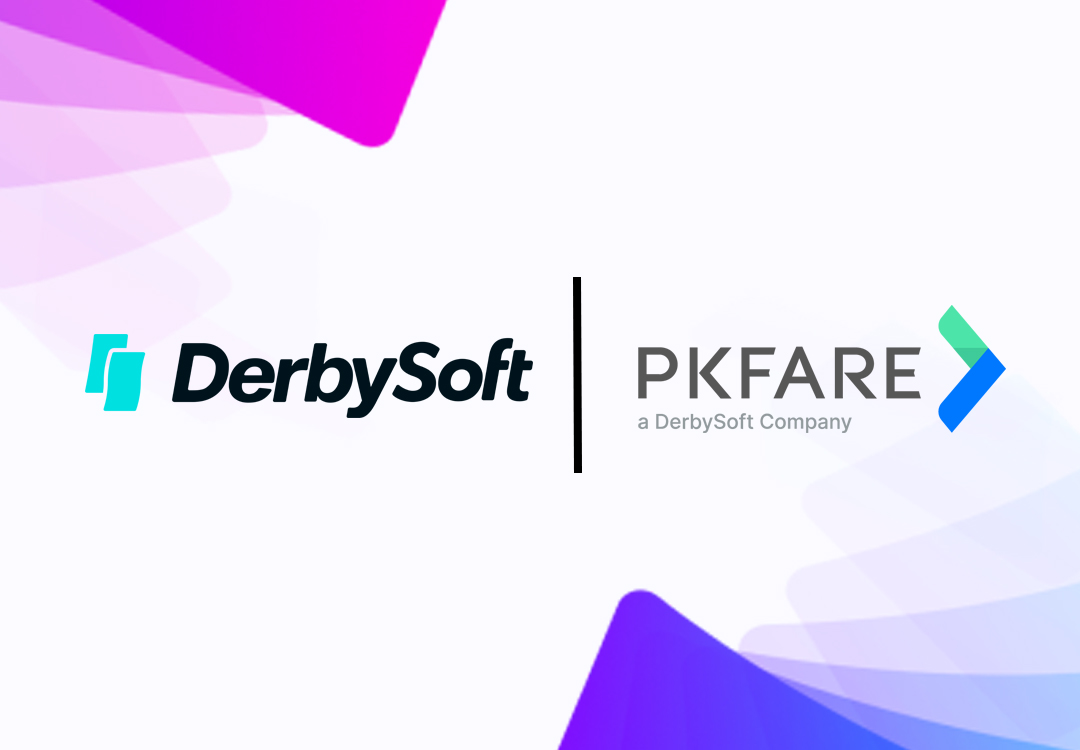Not long ago, if you wanted to fly on a low-cost carrier (LCC) airline like Southwest, Ryanair, or AirAsia, the only way to book was on their own brand’s sites or apps. However, that’s changing.
- Southwest flights are now on Priceline and Expedia.
- Ryanair has grown its network to 13 direct OTA partners and four aggregator partners globally.
- AirAsia is teaming up with multiple travel platforms to reach new customers.
LCCs are opening the door to indirect distribution. Like any airline, LCCs are looking to expand their reach, and in many markets, customers rely heavily on OTAs or may not be familiar with the LCC’s brand. For LCCs hungry for growth, these partnerships promise access to untapped demand.
However, despite LCCs’ willingness to experiment with indirect channels, they continue to strongly prioritize direct channels.
Why?
The Pain Point: Invisibility and Low Control
Indirect bookings may fill more seats, but they don’t necessarily increase an airline’s bottom line the same way. Ancillary items have become a profit engine for LCCs – bags, seats, meals, upgrades. Yet, in indirect sales, much of that revenue potential slips away. In fact, on average, LCCs earn only 18% of ancillary revenues through indirect channels – far below the 30 to 50% share ancillaries contribute to their overall business.
Why is there such a large ancillary revenue gap? Airlines rarely have access to the full spectrum of customer data in indirect distribution.
When connected through a GDS, LCCs typically see only PNR-level booking details (itinerary, passenger name, ticket info) – with no visibility into search behavior or traveler intent – and in some cases, even the contact information or passenger name may be incomplete or inaccurate.
When connected via aggregator APIs, airlines face another limitation: most aggregators do not provide airlines with a transparent interface to monitor distribution across their platforms and connected sellers. As a result, airlines must build their own reporting tools based only on the request and response traffic they see at their own API endpoints.
Even with direct API-based distribution, the data can remain incomplete. If the original search request doesn’t include information about the traveler making the query – which depends on what fields the aggregator exposes to the seller – the airline only sees that a search occurred, not who conducted it, leaving behavioral patterns invisible.
As a result, LCCs receive limited data, making loyalty programs less effective, personalization harder, and upsell opportunities scarce. In short, they lose visibility into traveler behavior, along with the control to drive loyalty and revenue.
The Moment of Change
The tide, however, is starting to turn. Next-generation distribution solutions are emerging, designed to give LCCs the transparency, control, and intelligence they crave to unlock greater revenue potential.
Imagine a cost-effective network where LCCs retain full ownership of their distribution relationships and have complete visibility into traveler data and sales analytics across all connected sellers. On top of this, advanced AI-powered features enable traveler qualification and flight offer optimization, allowing airlines to deliver more relevant offers and boost conversion rates.
For LCCs, this could be the breakthrough they’ve been waiting for. So, how can they finally overcome the bottlenecks of indirect distribution?
Stay tuned – DerbySoft will have the answer soon.
Interested in
Learning More?
Subscribe today to stay informed and get
regular updates from DerbySoft






